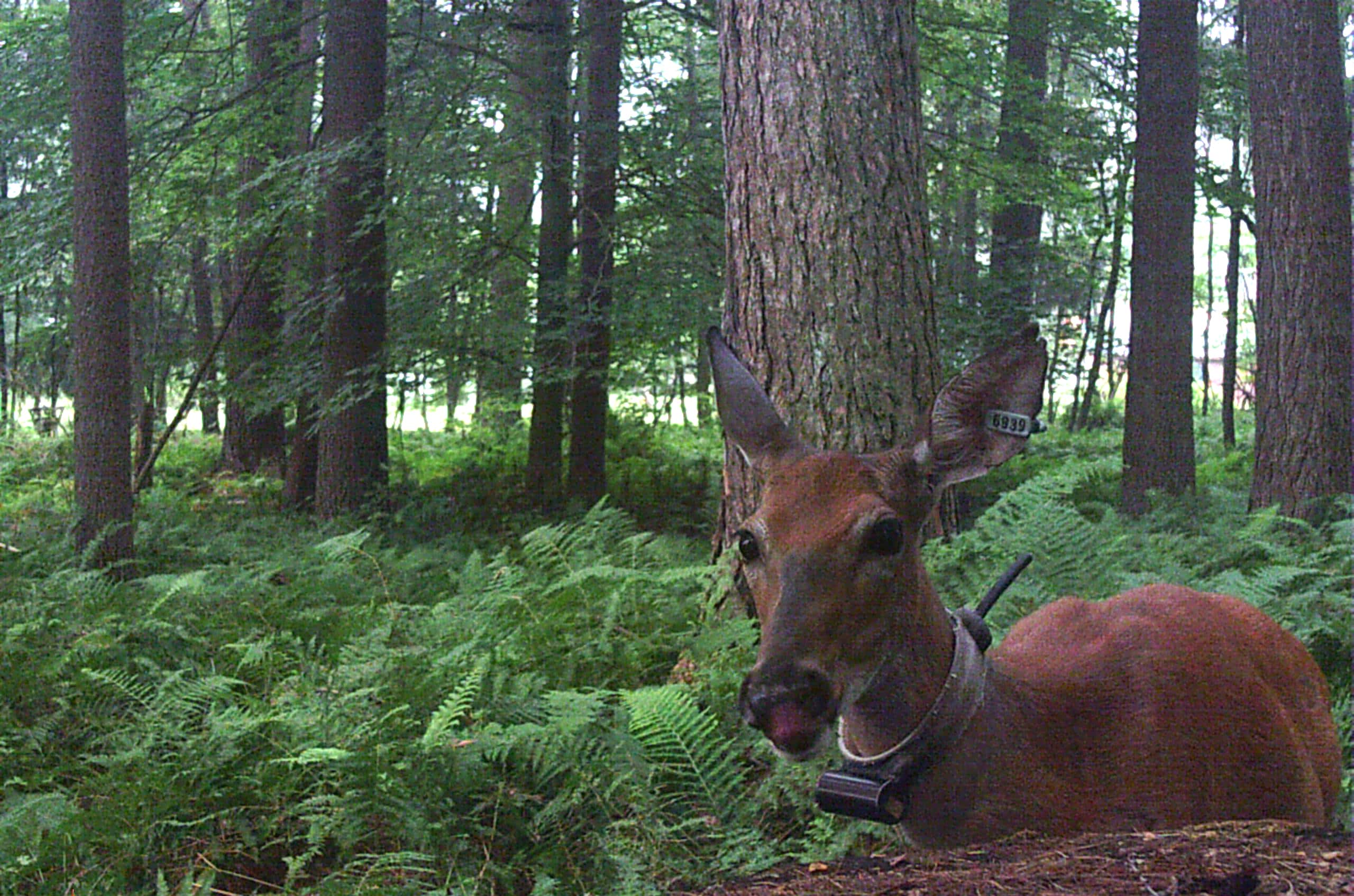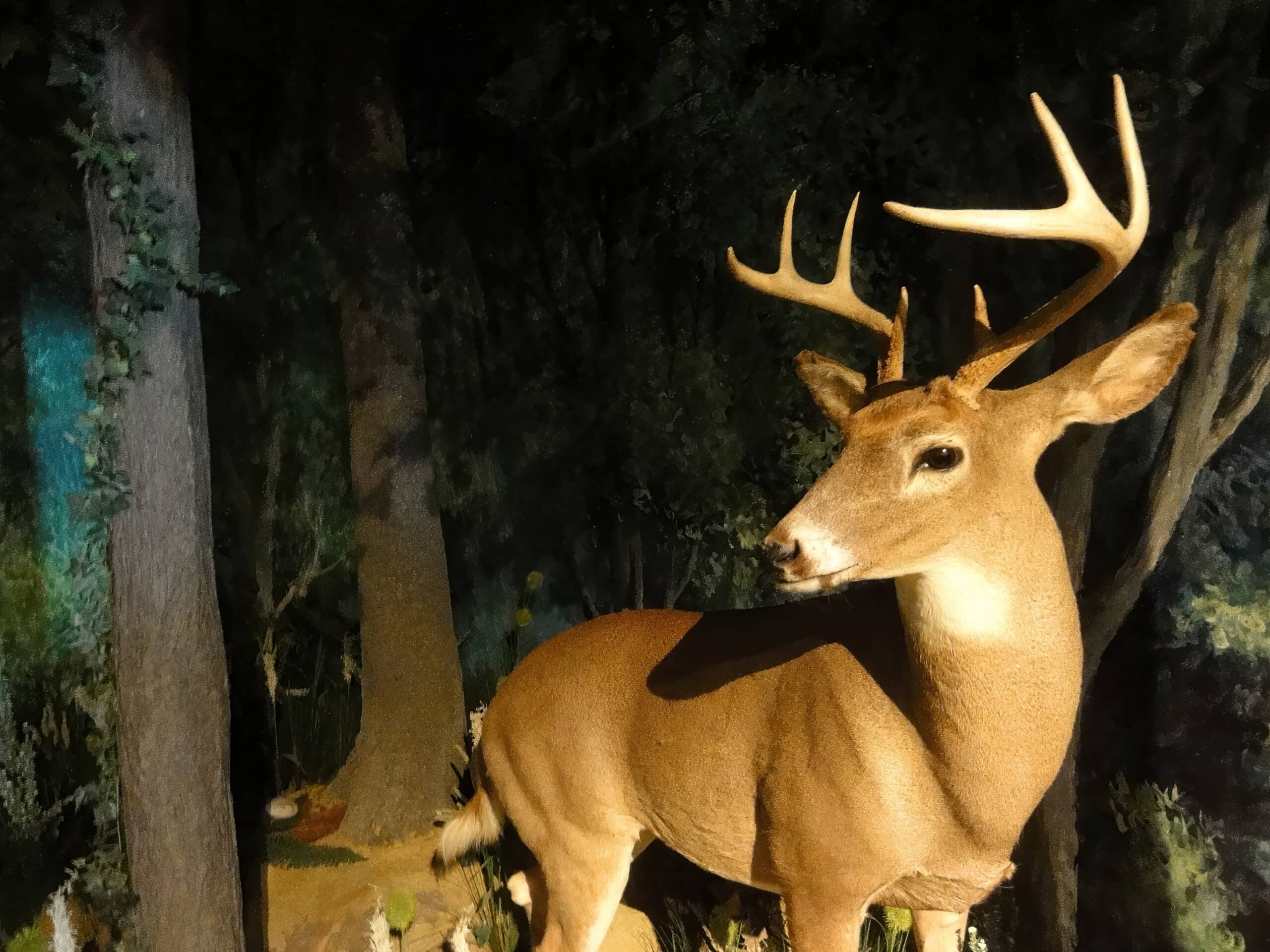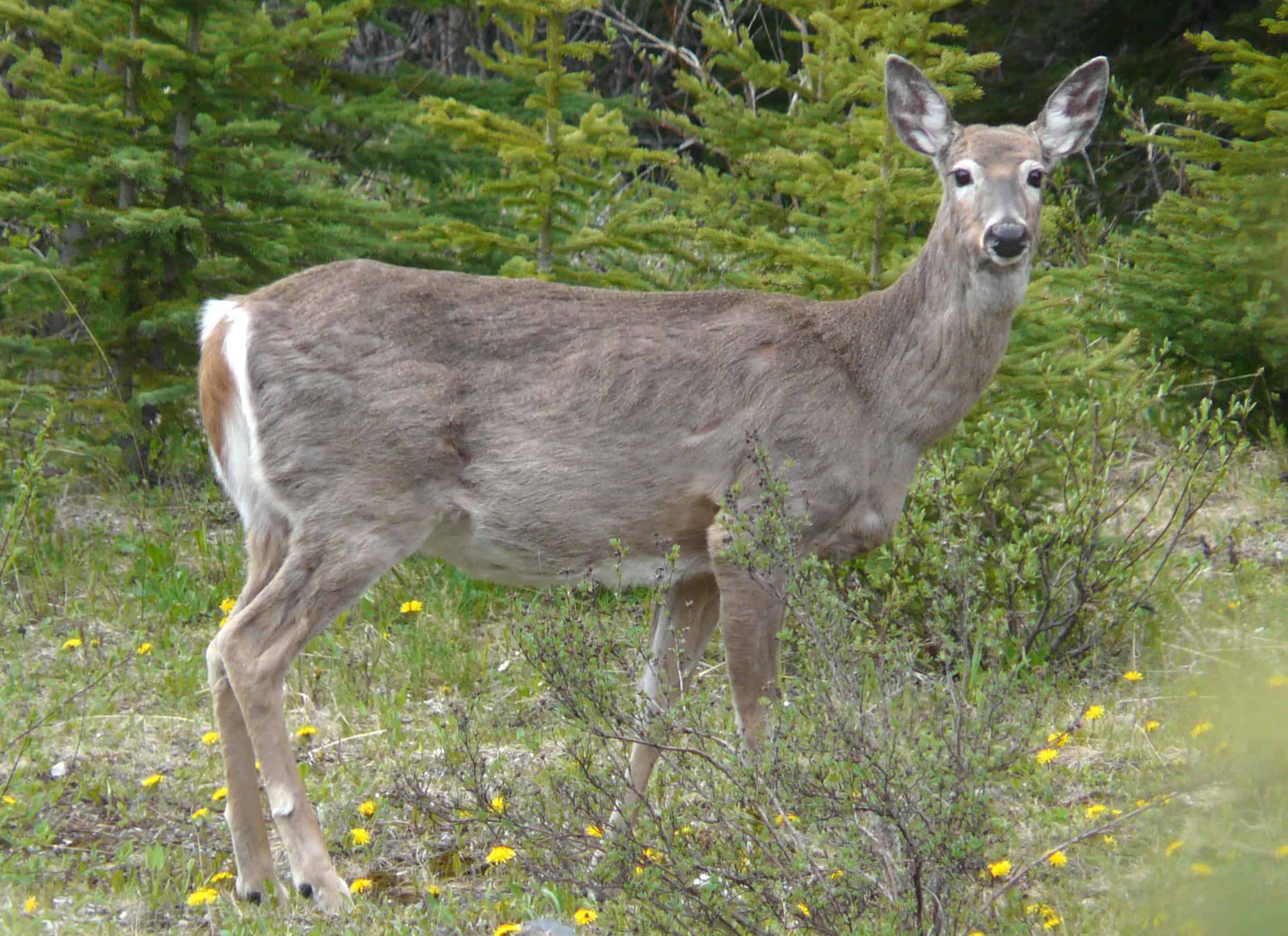Share this article
Wildlife Featured in this article
- white-tailed deer
Watch: A Pennsylvania study unveils deer mysteries
The 10-year-old Deer-Forest study has gathered important data and surprising tales
A decade-old study in Pennsylvania is producing some surprising discoveries about white-tailed deer (Odocoileus virginianus) and the forests they occupy.
There was Buck 8917, which took an unusual mile-long walk to a distant hill, then died on that hill two years later. There was Doe 12866, which set off on a six-mile hike toward the town of State College, where she gave birth behind a housing development. And there have been important discoveries about the plants deer depend on throughout the year.
“Now in its 10th year, the study has tracked more than 1,200 white-tailed deer around 100 square miles of Pennsylvania forest,” writes the New York Times. “It aims to be the most sweeping effort ever undertaken to understand North America’s most widespread large animals, as well as the impact they have on the vegetation and soil in our nation’s forests.”
Researchers share their findings from the Deer-Forest Study, funded by the U.S. Geological Survey, the Pennsylvania Game Commission, the Pennsylvania Bureau of Forestry and Penn State, on a blog, which has attracted a loyal following.
“What good is the work we do if we can’t share it in a way that people understand?” TWS member Jeannine Fleegle told the Times. “Trees are boring. Vegetation and soil chemistry? Not very fun. So, we ride on the deer’s coattails.”
Read more from the New York Times, and watch a video of Buck 8917’s travels below.
Header Image: A collared doe studied in Pennsylvania’s Deer-Forest study appears on a trail camera. Credit: Steven Hess via Penn State








